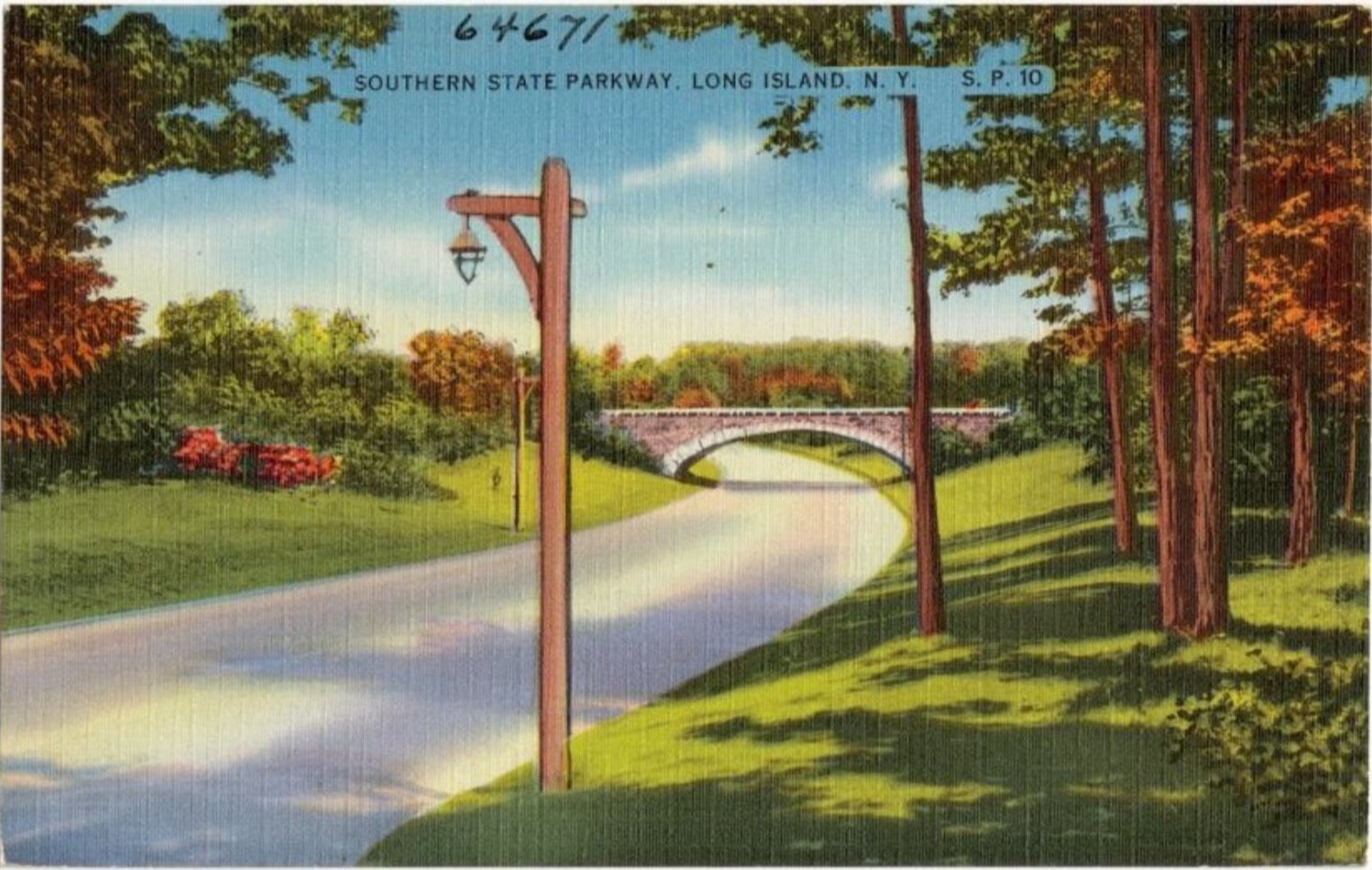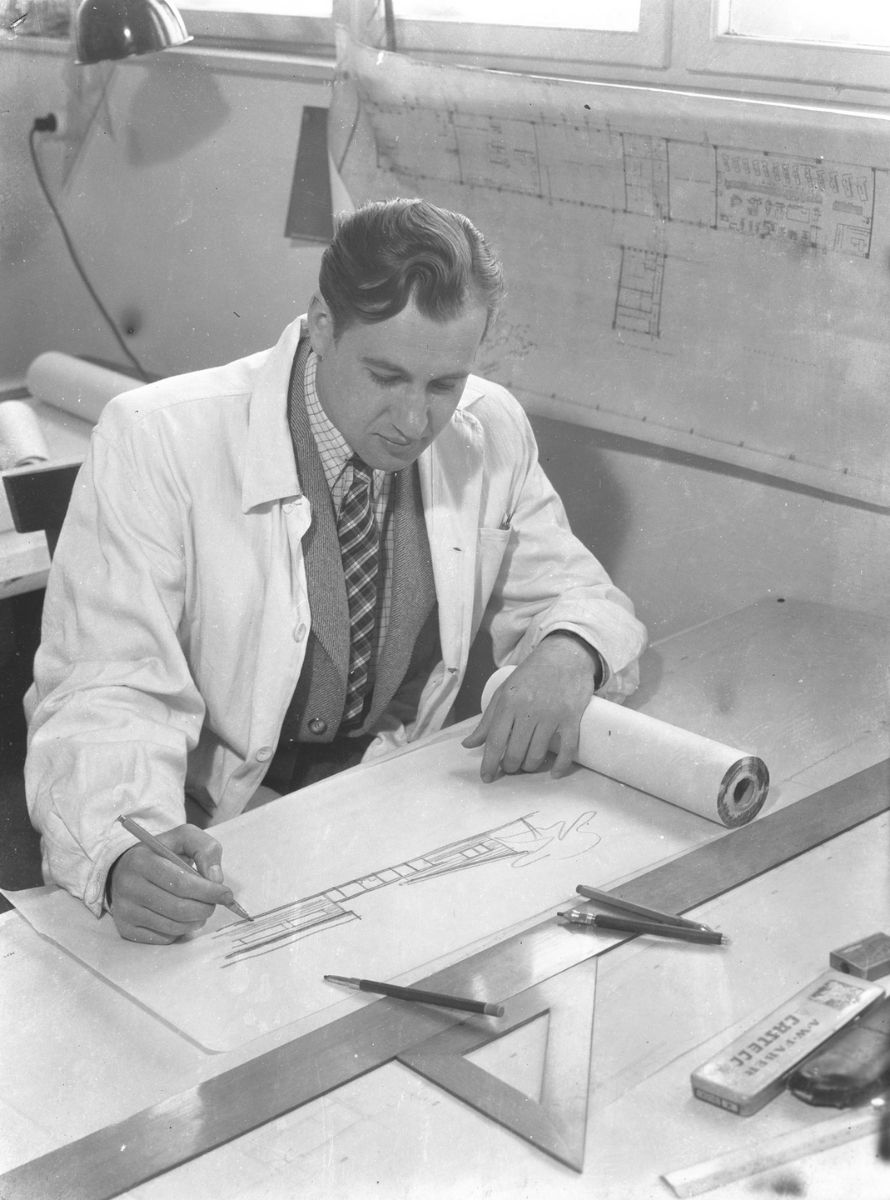ARCHITECTURE AND SOCIETY IN INTERACTION
The duty of architects
How can architecture shape society? What is the role of an architect in this process and what should be their duty?
At ABUD, we believe that sustainability is a multi-faceted issue and that viable solutions require a truly holistic approach. Because buildings are essentially created for people and are the by-products of a larger societal setting, it is inevitable to pay attiention to the socially reinforcing aspect of any given project. In the below article, Senior Consultant Rebeka Dóra Balázs explores these questions from the approach of architectural sociology.
The idea that architecture has the potential of shaping society is not new. Throughout history, if people in power had not believed that buildings impact social conditions, norms, and the self-image of society, many significant architectural works would probably not have been created. To reach this conclusion, one only has to think about the representative works in the history of architecture – ranging from Mesopotamian ziggurats, to the glass-fronted financial buildings of our times and the ongoing reconstruction of the Castle Quarter of Budapest.
Bridges, synagogues, and the modern apartment
Yet architecture can also shape society in less direct ways than constructing representative buildings. In all instances, architecture is an intervention in the existing socio-spatial conditions of a given place, whether it be public space planning, an infrastructural investment, a residential building, a public building, or similar interventions [1]. The intervention can either reproduce (strengthen) or transform existing social relations. At the same time, the effect is not unidirectional, since architecture and society mutually shape each other.[2]
Highway bridges leading to Long Island’s Jones Beach illustrate well how unequal relations in society are reproduced by architecture. The bridges built in the early 20th century were designed to be too low for buses to pass under. As poor people and people of colour to typically relied on public transport, the bridges prevented them to get to Long Island Beach, maintaining the area for people of higher social status [3]. Marginalized people were not only excluded from certain areas of the city, but their exclusion further justified society’s attitude that poor people and people of colour can be discriminated against, thus reinforcing the prevailing social order.

Figure 1: Southern State Parkway leading to Long Island (Image: Digital Commonwealth)
Architectural interventions can not only cement existing social relations, but can also transform society, especially if a particular intervention of an architectural trend is widespread enough. Architects of the mid-20th century were possibly the ones most committed to the social role of architecture and were also ready to express their beliefs through their work. This kind of social engineering approach has been present in both democratic and authoritarian countries [4]. One example is Hungary’s housing construction of the 50’s and 60’s. The compact kitchens of the flatlets were designed to fit the imagined lifestyle of modern working women who no longer spent their time primarily in the kitchen, but had lunch at the factory or school canteen, along with their families. However, even the modern organisation of space could not automatically break the habits of generations. As rural people migrated to cities, rural kitchens “moved into” modern flats, often leading to overcrowding. On the other hand, spatial constraints often posed limitations on the transmission of habits. For example, children were less and less involved in housework due to the lack of space, ultimately contributing to the spread of modern lifestyle [5].

Figure 2: Modern woman – Frozen food advert from 1965 (Image: Fortepan)
Just as architecture shapes society, so does society shape architecture. An example is the spatial organisation of traditional synagogues, which – being key to community life – have helped sustain patriarchal social relations in Jewish communities for centuries. Women are traditionally separated from men in synagogues, typically in a smaller area isolated by a curtain, or if the size of the synagogue allows, on a balcony. Liturgy is performed in the men’s section. As the result of this arrangement, only the presence of men mattered, as they were the only active participants of the ceremony. However, changes in the world and women’s rights movements have had an effect on Jewish communities as well. Due to the surge of gender equality in other areas of life, less orthodox Jewish communities started to allow men and women to sit next to each other in the synagogue. In this way, as women became visible, they also became participating members of the ceremony [6].
Self-evident architecture
Finally, how does society shape architecture? Largely through architects themselves. No one can exist independently of the norms and values of their day, even an architect. When working on a design, an architect is led by numerous beliefs, views, and values taken for granted in the society of their time. It seems like the exclusion of poor people and people of colour seemed self-evident for the urban planner, just as the designers of synagogues did not even think of questioning the spatial separation of men and women for a long time. Similarly, designers of the modern flat have conformed to the spirit of the age, which suggested that architects must guide users regarding taste and lifestyle.

Figure 3: Image: Fortepan
It is important to note that the above examples were taken from earlier times, therefore, the historical perspective allows us to recognise the transformative power of architecture in society. However, this does not imply that contemporary architecture is not shaping society today and does not occasionally create similarly unequal social relations. It is still a common practice in architecture to plan buildings that are not fully accessible, because – according to popular opinion – people with disabilities would not want to access certain parts of the building anyway. A similar belief is that people with disabilities can only be wheelchair users. However, a fully accessible office or public building allows people with disabilities to be present as employees, not only visitors, turning them into full members of society. If this approach became a general trend in architecture, it would make it self-evident in other areas of life too that people with disabilities have the same rights and opportunities.
Just to mention a positive example: more and more office buildings are designed to have nurseries and kindergartens. Young mothers often face difficulties when re-entering the labour market due to the shortage of nursery places and the daily logistical challenges of rushing between home, nursery or kindergarten, and the workplace. Organising childcare at work can not only solve these problems, but also conveys a positive message. Working mothers can feel that they are expected back, in addition, they do not have to suffer any disadvantages for being what they are: mothers.
Not only can architecture promote equal opportunities, it can also positively influence society’s attitude towards the natural environment by spreading environmentally friendly solutions.
For instance, drinking fountains and bicycle storages with changing rooms are becoming increasingly common in new buildings, helping to promote a sustainable lifestyle. Architects and urban planners should also reconsider a universally accepted notion: that certain functions of a building require all-glass façades, irrespective of the climate they are built in. Multinational companies will not become any more transparent even if we look straight into their offices from the street. By contrast, closed façades have better thermal insulation and can reduce solar heat loads more effectively, thus reducing the heating and cooling demand of the building.
Architecture – thereby architects – ultimately influence society, reproducing and transforming social relations, reinforcing and reshaping lifestyles and habits. As architects are responsible for shaping not only their environment, they must be aware of their responsibility in the first place. Furthermore, they must consciously question and reflect on the seemingly self-evident values, beliefs, and societal views of their times that guide their decisions in the design process.
The original article was published in Építészfórum in Hungarian on 2021.08.26.
Author
Rebeka Dóra Balázs – Senior Consultant at ABUD, MSc. Architect, BME; MA Sociology and Social Anthropology, Global and Urban Studies Specialization (CEU)
References
[1] Henri Lefebvre, The Production of Space, ed. Donald Nicholson-Smith (Oxford: Basil Blackwell, 1991).
[2] Mark Gottdiener, The Social Production of Urban Space (Austin: University of Texas Press, 1985).
[3] Sarah Schindler, “Architectural Exclusion: Discrimination and Segregation through Physical Design of the Built Environment,” Yale Law Journal 124, no. 6 (2015): 1934–2024.
[4] Márkus Keller, Szocialista Lakhatás? A Lakáskérdés Az 1950-Es Években Magyarországon (Budapest: L’Harmattan, OSZK, 2017).
[5] Máté Tamáska, “Gondolatok Az Építészetszociológia És a Szociológia Viszonyáról,” Szociológiai Szemle 30, no. 1 (2020): 4–20.
[6] Ayala Emmett, “A Ritual Garment, the Synagogue, and Gender Questions,” Material Religion 3, no. 1 (2007): 76–87, https://doi.org/10.2752/174322007780095681.



